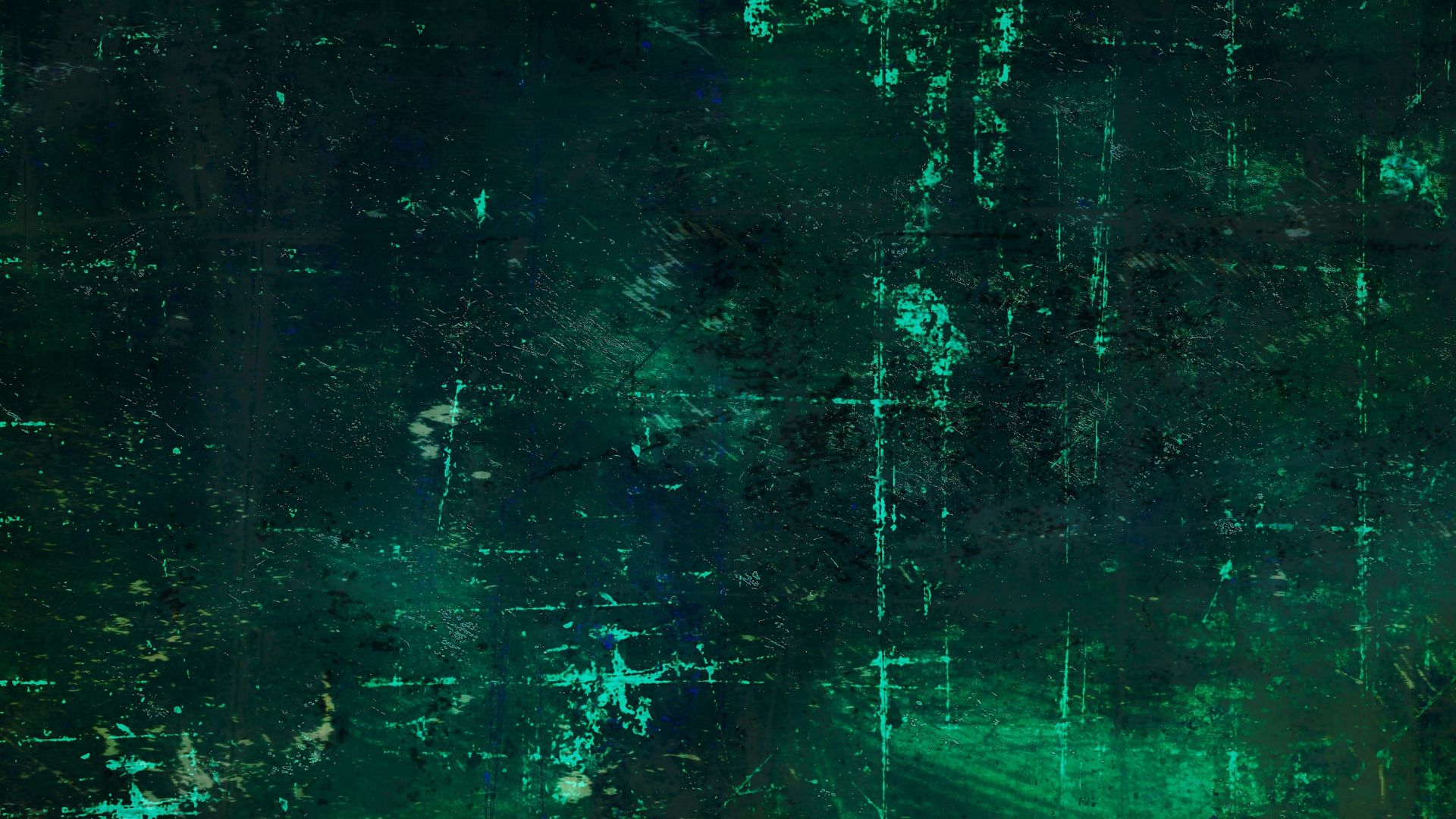
Blending techniques in oil painting: How to achieve smooth transitions
Blending is one of the most essential techniques in oil painting. It’s what gives paintings depth, life, and a sense of realism. Whether you’re capturing the smooth transitions of light across a face, the gentle gradients of a sunset, or the soft shadows in a landscape, blending is key to achieving those seamless transitions between colours and values. Mastering blending techniques can elevate your artwork, transforming it from flat and harsh to rich and lifelike.
In this article, we’ll explore different methods of blending in oil painting, including the popular wet-on-wet technique, the use of brushes and palette knives, and tips for achieving smooth, professional results.
- Smooth transitions and avoiding harsh lines for soft effects
- Blending with wet-on-wet
- Using brushes and palette knives
- Tips for smooth blending
- Essential for oil painting: Mastering blending

Smooth transitions and avoiding harsh lines for soft effects
In oil painting, blending refers to the smooth transition between different colours or values, without harsh lines or visible brushstrokes. It’s particularly important when aiming for soft, realistic effects, such as the gradations of skin tones in portraits, the soft haze of a distant mountain in a landscape, or the delicate glow of light reflecting off glass. The goal of blending is to create transitions that feel natural and fluid, mimicking the way light and shadow interact in the real world.
Blending allows you to achieve soft, smooth effects that give your paintings a sense of depth and three-dimensionality. Without it, colours can appear disconnected, and forms can look flat. Whether you’re working on a detailed portrait or a dreamy landscape, blending is an invaluable tool for capturing the subtleties of light, shadow, and texture.
Blending with wet-on-wet
One of the most effective and widely used techniques for blending in oil painting is the wet-on-wet method, also known as the Alla Prima technique. This involves applying fresh layers of paint directly onto the canvas while the previous layer is still wet. The key advantage of this technique is that it allows you to blend colours seamlessly as you work, resulting in soft transitions between tones and colours.
To use the wet-on-wet technique, start by applying a thin layer of paint to your canvas. Then, add fresh paint directly on top of it, working quickly before the first layer dries. Use a clean, soft brush to gently mix the wet paint together, creating smooth transitions. The paint will blend more easily because the underlying layers remain wet, allowing you to manipulate the paint and achieve subtle gradations.
Wet-on-wet is ideal for areas where you want smooth transitions, such as the skin in portraits or the sky in landscapes. However, it’s important to work quickly because oil paint can start to set after a while, and once the paint begins to dry, blending becomes much harder.
Using brushes and palette knives
The tools you use to blend your paint also play an important role in the final result. Brushes and palette knives each provide different effects and can be used to achieve a variety of blending styles.
When blending with brushes, the type of brush you use can make a big difference. Soft, natural-bristled brushes are ideal for blending because they can gently push the paint around without leaving harsh marks. A flat or filbert brush is typically preferred for blending large areas, while smaller, round brushes work well for detailed transitions, such as those in facial features or smaller objects.
For smoother transitions, use light, feathery strokes with a dry or slightly damp brush. You can also use a clean, dry brush to soften the edges of areas that need blending. Working in circular or back-and-forth motions can help achieve even blends, avoiding harsh lines or visible brushstrokes.
Palette knives are another useful tool for blending, especially if you want to create a more textured, impasto effect. While palette knives are often associated with applying paint in bold, thick strokes, they can also be used to gently blend colours in certain areas. The flat edge of a palette knife is great for smoothing out the surface or blending paint across a wide area without disturbing the paint too much.
To blend with a palette knife, gently scrape the paint from one area and pull it across the surface to create smooth transitions. The palette knife allows you to control the amount of paint you’re working with, which can help when creating subtle shifts in colour or value.

Tips for smooth blending
Achieving smooth blending can sometimes be tricky, but with a few tips and tricks, you can refine your technique and create seamless transitions:
Control the paint’s viscosity
The viscosity of your paint will directly affect how easily it blends. Thicker paint will create more texture and be harder to blend, while thinner paint will mix more easily. You can control the viscosity by adding a medium, such as linseed oil or a blending medium. Start with slightly thinned paint and gradually build up the layers for smoother blending.
Use light pressure
When blending, apply light pressure with your brush or palette knife. Pressing too hard can disrupt the paint and leave visible brushstrokes or harsh lines. Gently push the paint around to achieve a smooth, even effect.
Work in layers:
Blending works best when you build up your layers gradually. Start with a thin, base layer and add more layers as needed. Allow each layer to dry slightly before adding the next one to ensure the colours don’t become muddy.
Avoid overworking the paint
Overworking the paint can cause colours to become too mixed and muddy. Aim for a balance between blending and leaving enough texture or distinct colour variation to make the transitions appear natural.
Use a soft brush for finishing touches
Once you’ve blended the main areas, use a soft, clean brush to go over the edges and smooth out any remaining harsh lines. A dry brush can help soften the transition and give a polished, professional finish.
Essential for oil painting: Mastering blending
Blending is an essential technique in oil painting that allows artists to create smooth, seamless transitions between colours and values. Whether you’re using the wet-on-wet method for immediate blending or employing brushes and palette knives for more controlled effects, the ability to blend paints effectively is key to achieving realism and depth in your artwork.
Let’s recap:
- Blending in oil painting creates smooth transitions between colours and values, adding depth, realism, and seamless effects, crucial for achieving soft, lifelike results.
- The wet-on-wet method involves applying fresh paint over wet layers to blend colours directly on the canvas, allowing for smooth transitions but requiring quick work before the paint sets.
- Soft brushes (flat, filbert, or round) are ideal for smooth transitions, while palette knives can add texture or help in blending larger areas more gently.
- Control paint viscosity with mediums, use light pressure to avoid harsh lines, work in layers, and avoid overworking the paint to ensure smooth, natural transitions.
- Mastering blending takes time and experimentation—practice with different techniques and tools to achieve smooth, professional results in various painting subjects.
Don’t be afraid to experiment with different tools, techniques, and methods until you find the approach that works best for you. Practice blending with a variety of subjects, from portraits to landscapes, and take time to refine your technique. With patience and persistence, you’ll be able to achieve those soft, fluid transitions that make your oil paintings come to life. Happy painting!